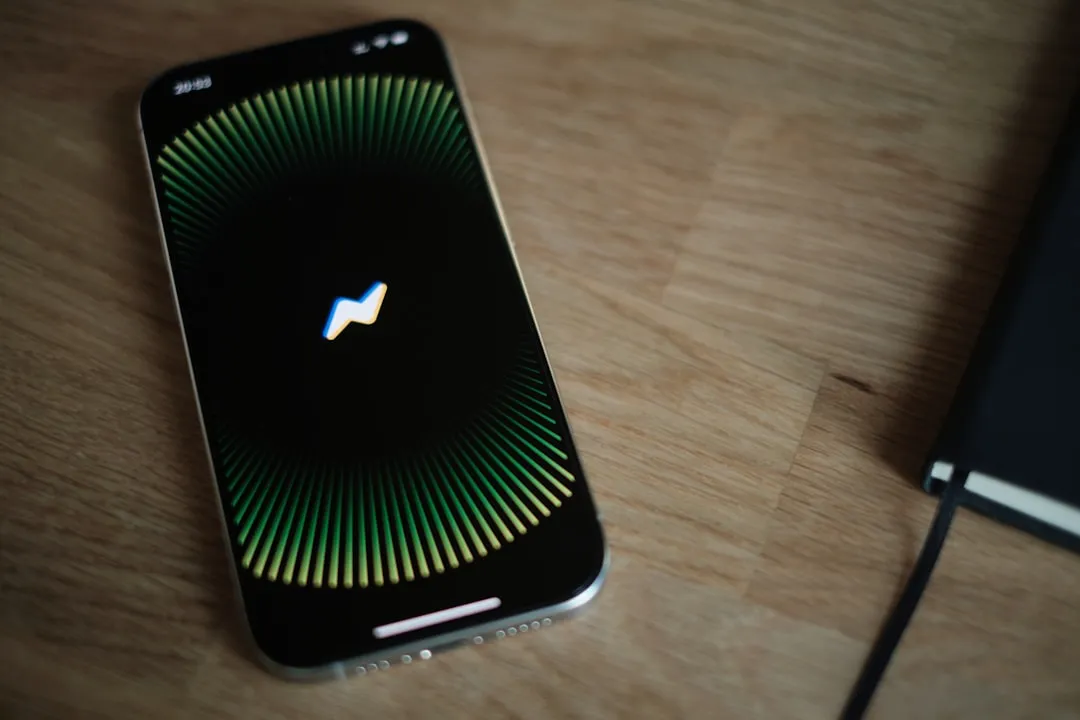Yep, Google just put in place a new thing called the dun dun duuuun .... "Device Catalog!" No, not like the Macy's catalog of your smartphone dreams. This is quite the opposite.
After all those very exciting updates announced at I/O 2017, Google grandly let you all know that uh, hey, from now on, we are going to let developers choose which devices they want their app supported on Google Play. Maybe good for developers, but for all you hardcore rooters out there, it's a pretty annoying new addition.
Under Google's new Device Catalog there is a section called "Release Management." This section gives developers control to choose which user devices can be viewed and excluded according to a series of attributes.
According to Android Police, developers will now be able to block access to their apps from certain devices based on their SafetyNet attestation. In other words, if your phone fails SafetyNet's integrity check or isn't certified by Google, then you could lose access to certain security-minded apps.
That means any dev could potentially block their apps from showing and being directly installable in the Play Store on devices that are rooted and/or running a custom ROM, as well as on emulators and uncertified devices (think Meizu and its not-so-legal way of getting Play Services and the Play Store on its phones). This is exactly what many of you were afraid would happen after the Play Store app started surfacing a Device certification status.
Yep, that's right. In the case of apps that were created with the new Google Play Console, SafetyNet's attestation will happen as you browse through the Play Store. If your rooted phone is spotted, then certain apps won't be available to you. In many cases, you would still be able to sideload the APK to install the app, but that's not a guarantee.
Of course, there will be plenty of developers out there who don't choose to secure their apps through the SafetyNet API. If the API isn't targeted in the app, then you don't have to worry. In such cases, you could still download the app directly from the Play Store.
Also, if you insist on staying rooted and don't want to put up with all of this crap, then you'll be glad to know that we already have a workaround. Just uninstall SuperSU and switch to MagiskSU instead to go fully systemless and keep SafetyNet intact. Sounds complicated, but we've outlined the whole process right here.
What are your thoughts on the recent changes to SafetyNet? Let us know in the comment section below. But if this sounds like the beginning of the end for Android root, you should at least know that even though they're tightening the clamps with SafetyNet, Google definitely still cares about rooted users.
- Follow Gadget Hacks on Facebook, Twitter, Google+, and YouTube
- Follow Android Hacks on Facebook, Twitter, and Pinterest
- Follow WonderHowTo on Facebook, Twitter, Pinterest, and Google+
Cover image via Bettina Mangiaracina/Gadget Hacks


























Comments
Be the first, drop a comment!